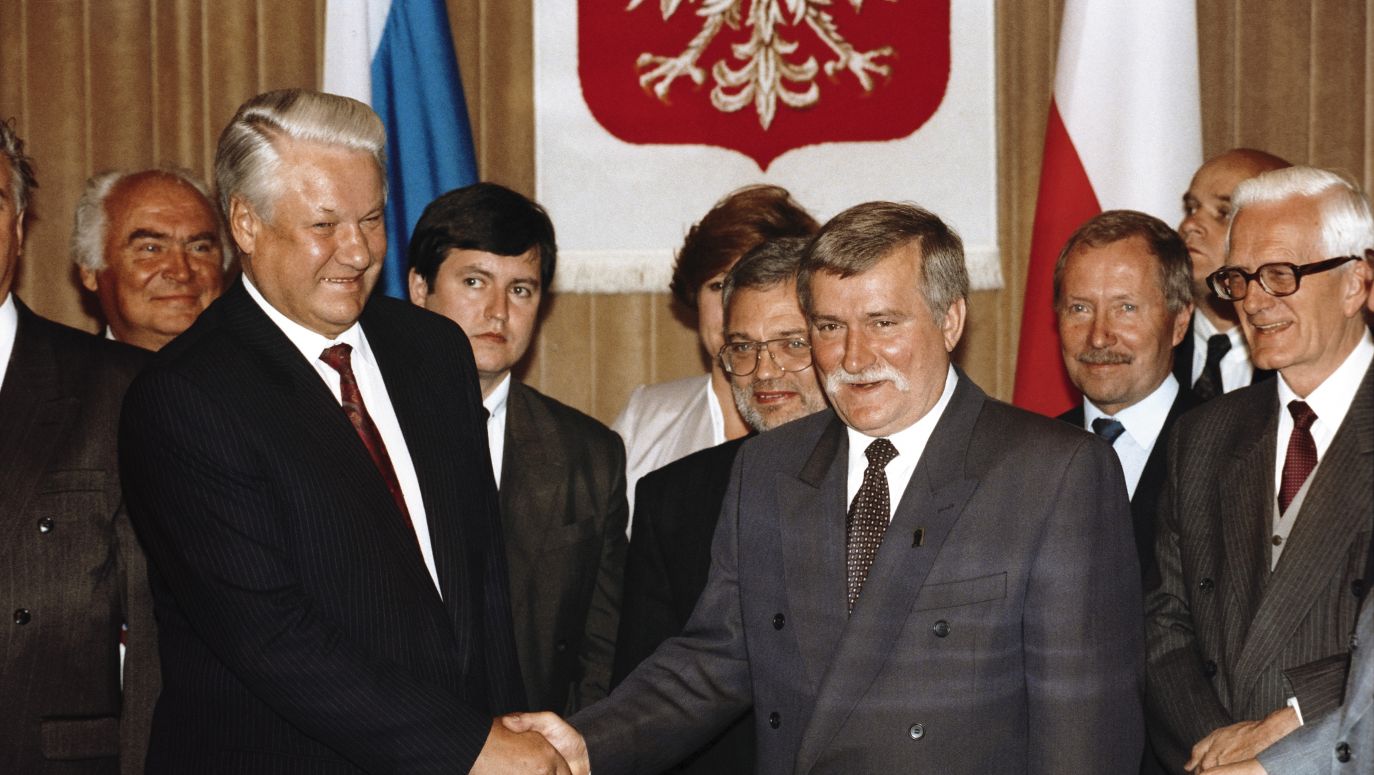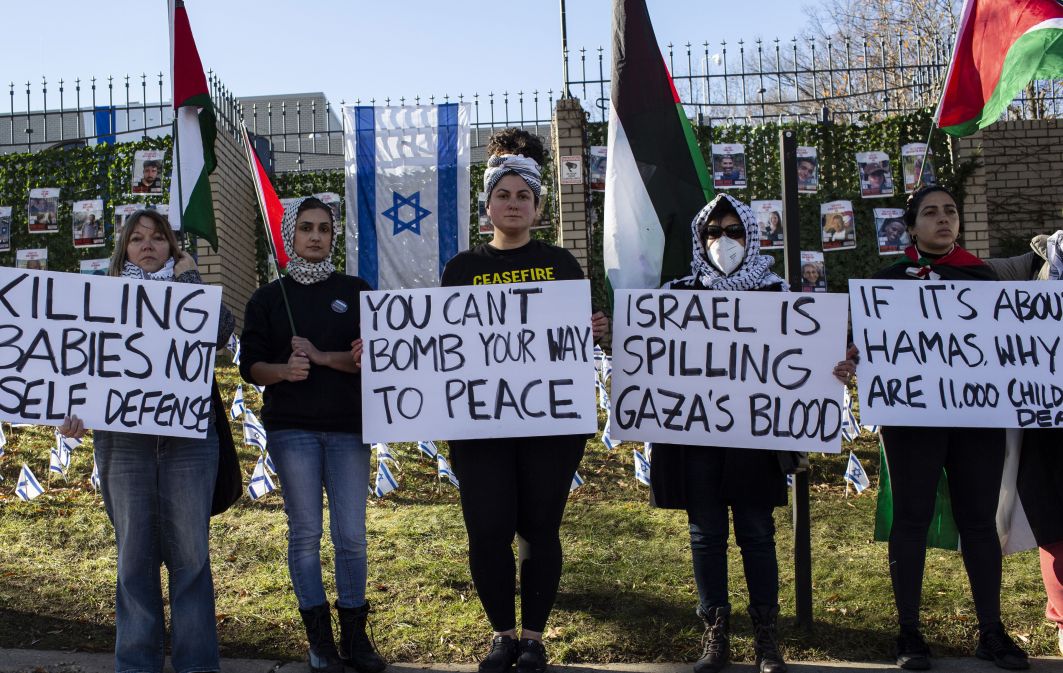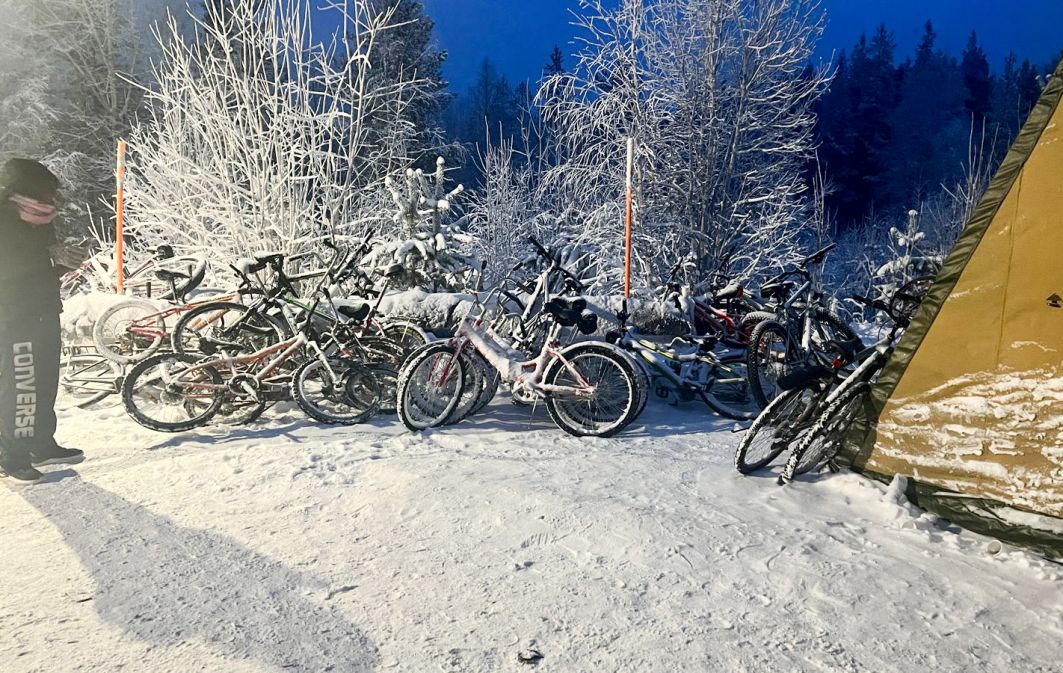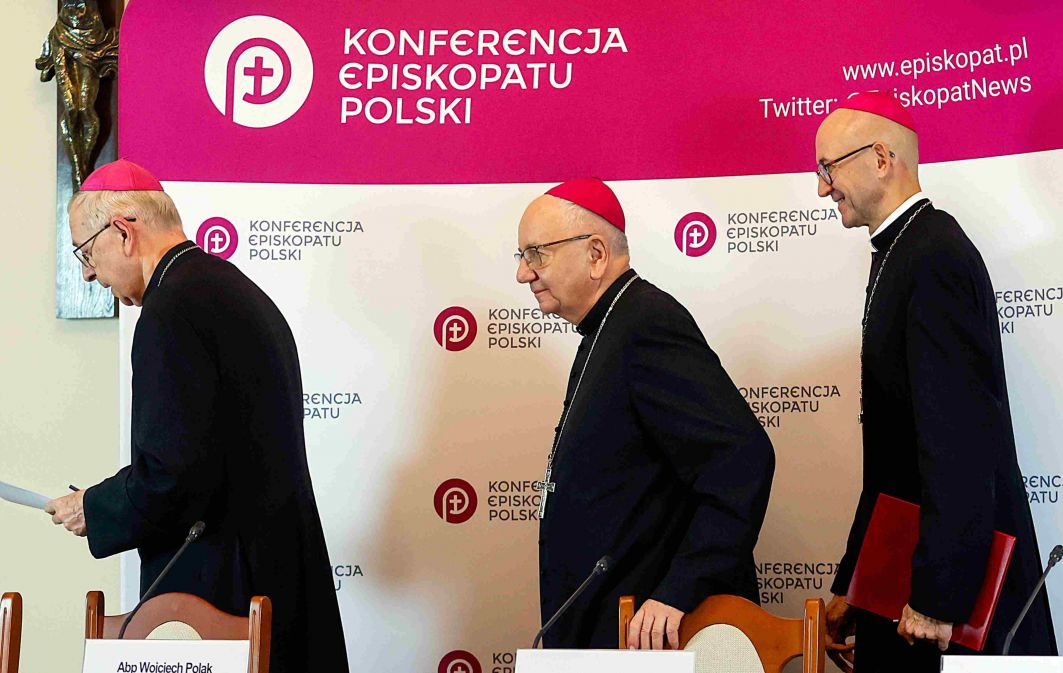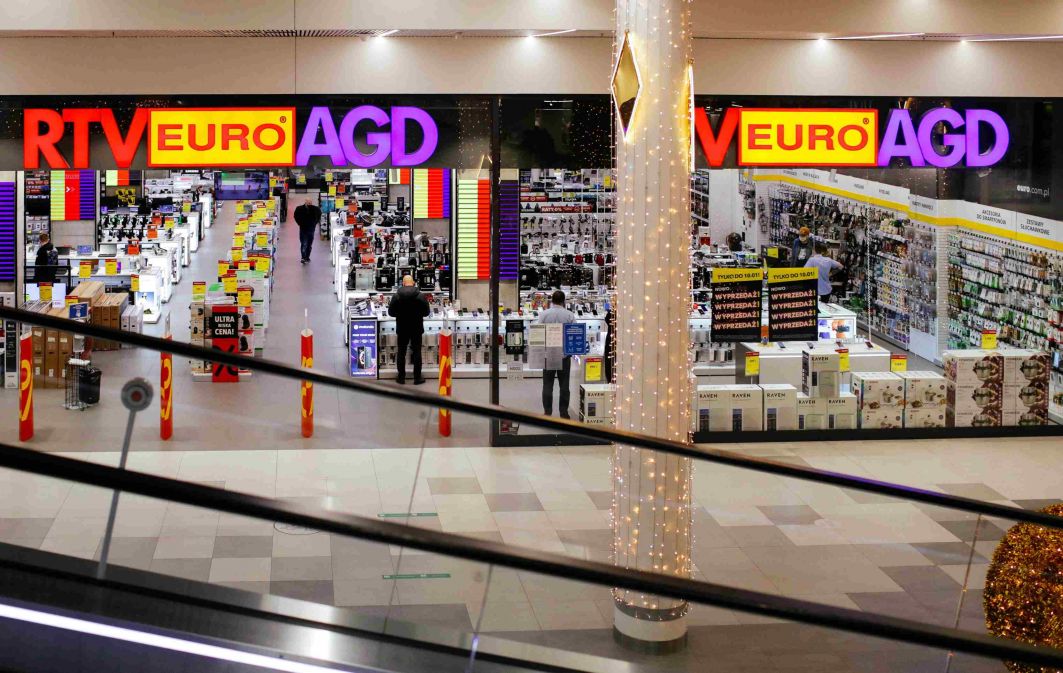According to widespread opinion, the construction of the authoritarian system in Russia - after the collapse of the USSR - began with Vladimir Putin's first presidential term. Previously, until 1999, the head of the Russian state was Boris Yeltsin - a politician considered an advocate of liberal and democratic solutions.
This version of events emerges from the documentary testimonies filmed in 2018 - also broadcast on TVP Kultura channel - "Putin's Witnesses" directed by Vitaly Mansky. Today, this Russian filmmaker lives in Riga, and in Russia he is listed as a "foreign agent". But in 2000, he worked on Putin's first presidential election campaign. He later used the materials collected then in his production, which reveals the behind-the-scenes of the change of power in Russia at the threshold of the 21st century.
In Mansky's film, Yeltsin turns out to be disappointed with the beginning of Vladimir Putin's presidency. There is a symbolic scene in which he listens to the new anthem of the Russian Federation. Let us recall that on the initiative of Putin - preying on the nostalgic feelings of many Russians for the Soviet past - the melody from the Soviet times was restored, but with new lyrics - praising not the USSR but the Russian state. Consternation appears on the face of Yeltsin who in 1991 buried the Soviet Union and declared his willingness to break up with the Soviet heritage. The politician comments on the new anthem in one word: "Crimson".
However, "Putin's Witnesses" also remind us that the current president of Russia took over the legacy of his predecessor with his recommendation. It is significant that when he first ran for the Kremlin's mayor, he enjoyed the support of people then perceived as liberals and democrats. The document shows people who were on Putin's election team in 2000. These include Kseniya Ponomaryova, Gleb Pavlovsky, and Mikhail Kasyanov. Their subsequent paths were different, but they had one thing in common - each of them eventually parted ways with Putin.
 SIGN UP TO OUR PAGE
SIGN UP TO OUR PAGE

Therefore, we can confidently say that the Putin era is a continuation of the Yeltsin era. So, is the story about Boris Yeltsin as a politician who wanted to push Russia onto the path of Western-style liberal democracy untrue? We must go back to what happened 30 years ago to answer this question. Then - at the turn of September and October 1993 - dramatic, bloody events took place on the streets of Moscow, which went down in history as the "execution of the White House".
Then, forces subordinated to the president - units of the Ministry of Internal Affairs and the army - stormed the seat of the bicameral Russian parliament, the Supreme Soviet of Russia. This building is called "the White House". Today, it is the seat of the government of the Russian Federation.
The basis of the conflict in question was the dual-power system that emerged after the collapse of the USSR. Since 1991, Russia has been building its new statehood. But there was still a functioning relic of the Soviet system, which consisted of two bodies: the Congress of People's Deputies of the Russian Federation and the Supreme Soviet of Russia - elected by it. It became a stronghold of politicians who - by undermining the line of the president and the government - de facto tried to paralyse these centres of power.
It should be mentioned that the Congress of People's Deputies had the most democratic legitimacy (this became important after the Communist Party of the Soviet Union lost its political monopoly in the USSR at the turn of the 1980s and 1990s). Such circumstances were the essential arguments for the Supreme Soviet when it finally clashed with the president.
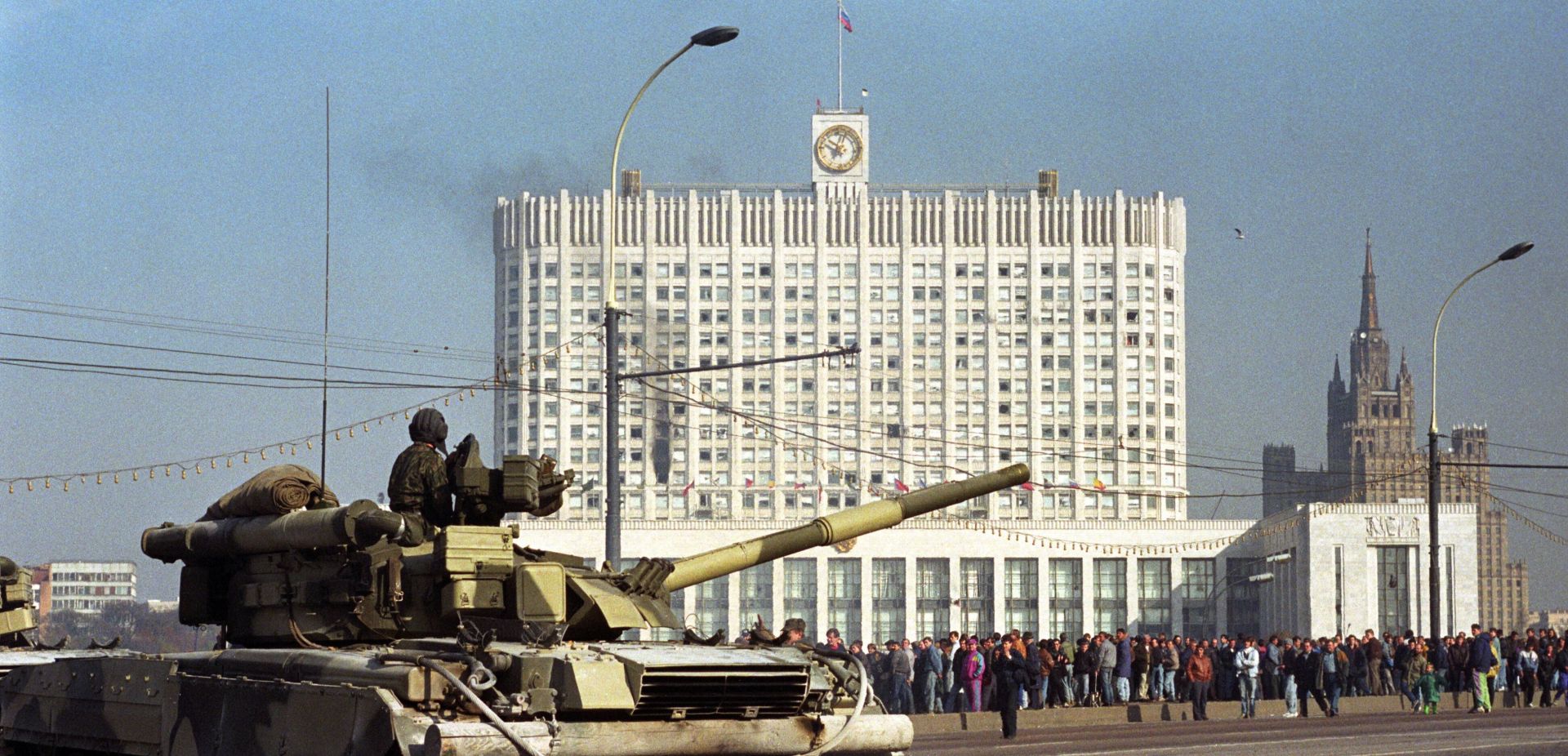
 SIGN UP TO OUR PAGE
SIGN UP TO OUR PAGE
 Therefore, we can confidently say that the Putin era is a continuation of the Yeltsin era. So, is the story about Boris Yeltsin as a politician who wanted to push Russia onto the path of Western-style liberal democracy untrue? We must go back to what happened 30 years ago to answer this question. Then - at the turn of September and October 1993 - dramatic, bloody events took place on the streets of Moscow, which went down in history as the "execution of the White House".
Therefore, we can confidently say that the Putin era is a continuation of the Yeltsin era. So, is the story about Boris Yeltsin as a politician who wanted to push Russia onto the path of Western-style liberal democracy untrue? We must go back to what happened 30 years ago to answer this question. Then - at the turn of September and October 1993 - dramatic, bloody events took place on the streets of Moscow, which went down in history as the "execution of the White House".